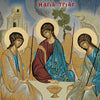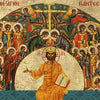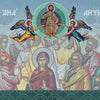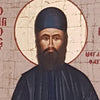The exhibition titled "The glow of the mosaic. Authentic and copies from Thessaloniki and Ravenna” will run until October 30, 2019
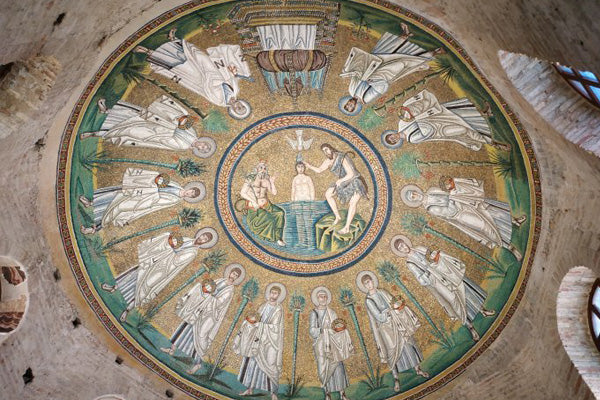
At the Rotunda, a monument of Thessaloniki and a UNESCO World Heritage Site, are exhibited until October 30 mosaics of Thessaloniki and Byzantine mosaics of Ravenna, a city known for its mosaics. Early Christian original copies of mosaics from monuments of Ravenna and Thessaloniki, which depict the procession of Empress Theodora and her retinue, as well as the imaginary city of Jerusalem, from the monument of San Vital in Ravenna.
Mosaics with vivid, striking colors "converse" with those of Thessaloniki in the most ideal place, the Rotunda. The organizers have arranged a parallel presentation, a "narrative" of the two famous workshops of Ravenna and Thessaloniki, thus helping visitors see in detail and compare the two schools, the two different mosaic workshops.
The Ravenna mosaic copies were created in the 1950s by artists of the Academy of Fine Arts of Ravenna and depict parts of scenes. The mosaics of Thessaloniki impress with their details and the realistic depiction of figures that are almost like “paintings”. The Rotunda monument is a place where three cultures coexist, the Roman, the Byzantine, and the Ottoman, while as its equivalent can only be considered the Pantheon in Rome. Its mosaics date from the 4th century A.C., when the building was converted into the Byzantine Church of Asomaton or Archangelon (dedicated to the Archangels) during the reign of Theodosius I. After the liberation of Thessaloniki in 1912, the church was dedicated to Saint Georgios.

